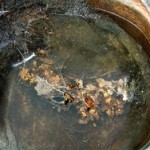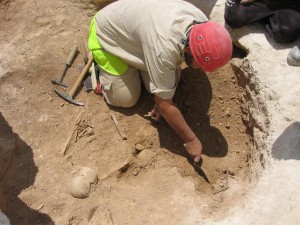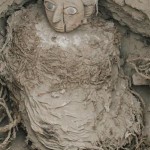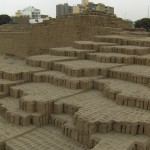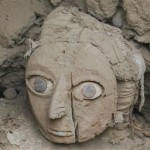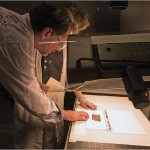Descendants of people killed by Franco during and after the Spanish Civil War are coming together from all over to contribute to a DNA bank that will help identify remains found in mass graves.
Historians estimate about 500,000 people from both sides were killed in the civil war, which was sparked by Franco’s insurgency against the democratically elected left-wing Republican government.
After Franco’s victory, historians say 50,000 Republicans were executed by Nationalist forces and tens of thousands were incarcerated, the majority in the early years of his rule.
While the regime honoured its own dead, it left tens of thousands of its opponents buried in hundreds of unmarked graves across the country.
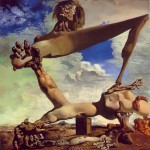 So far, Spain’s Association for the Recovery of Historical Memory has exhumed 1200 bodies from 110 graves, but they have information on 300 more potential grave locations. Who knows how many more mass graves are out there that nobody knows about.
So far, Spain’s Association for the Recovery of Historical Memory has exhumed 1200 bodies from 110 graves, but they have information on 300 more potential grave locations. Who knows how many more mass graves are out there that nobody knows about.
It would help a lot if the military finally released secret records that have been sealed shut since the Official Secrets Law of 1968. At least the Defense Minister Carme Chacon, is trying to pry open the horror files.
Millions of documents which record the fate of generations of Spaniards during the 1936-39 conflict and General Franco’s subsequent dictatorship, remain hermetically sealed unless opened individually by judicial order.
Ms Chacon’s initiative forms part of the Socialist government’s plan to restore justice to Franco’s victims, in accordance with a historic memory law passed last year. What is the point, Ms Chacon asks, of digging up the bones of those thrown anonymously into mass graves after being shot at dawn, when all the documentation is locked up in army files?
Good damn point.

